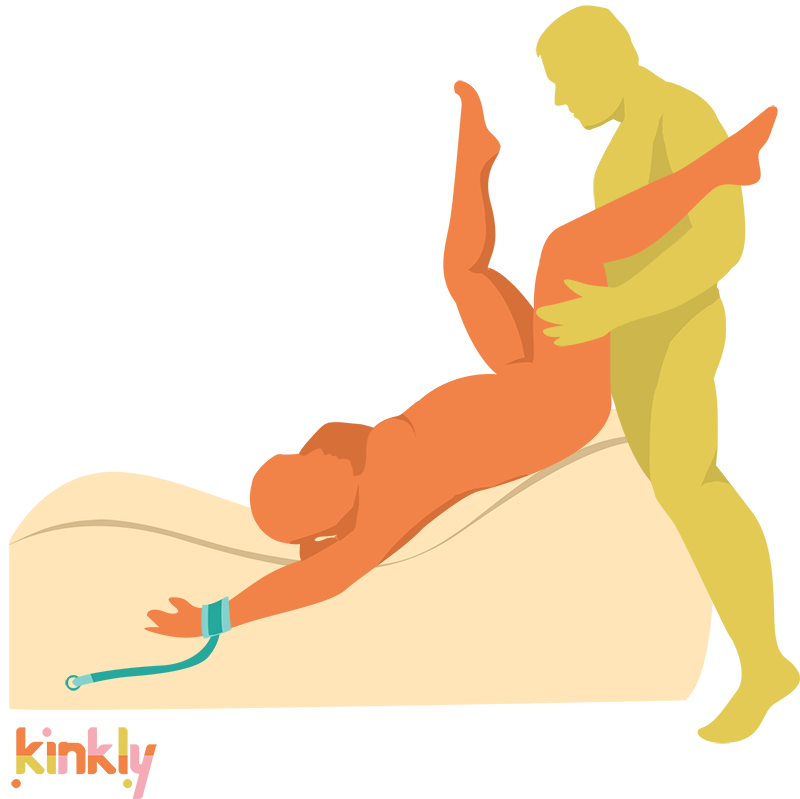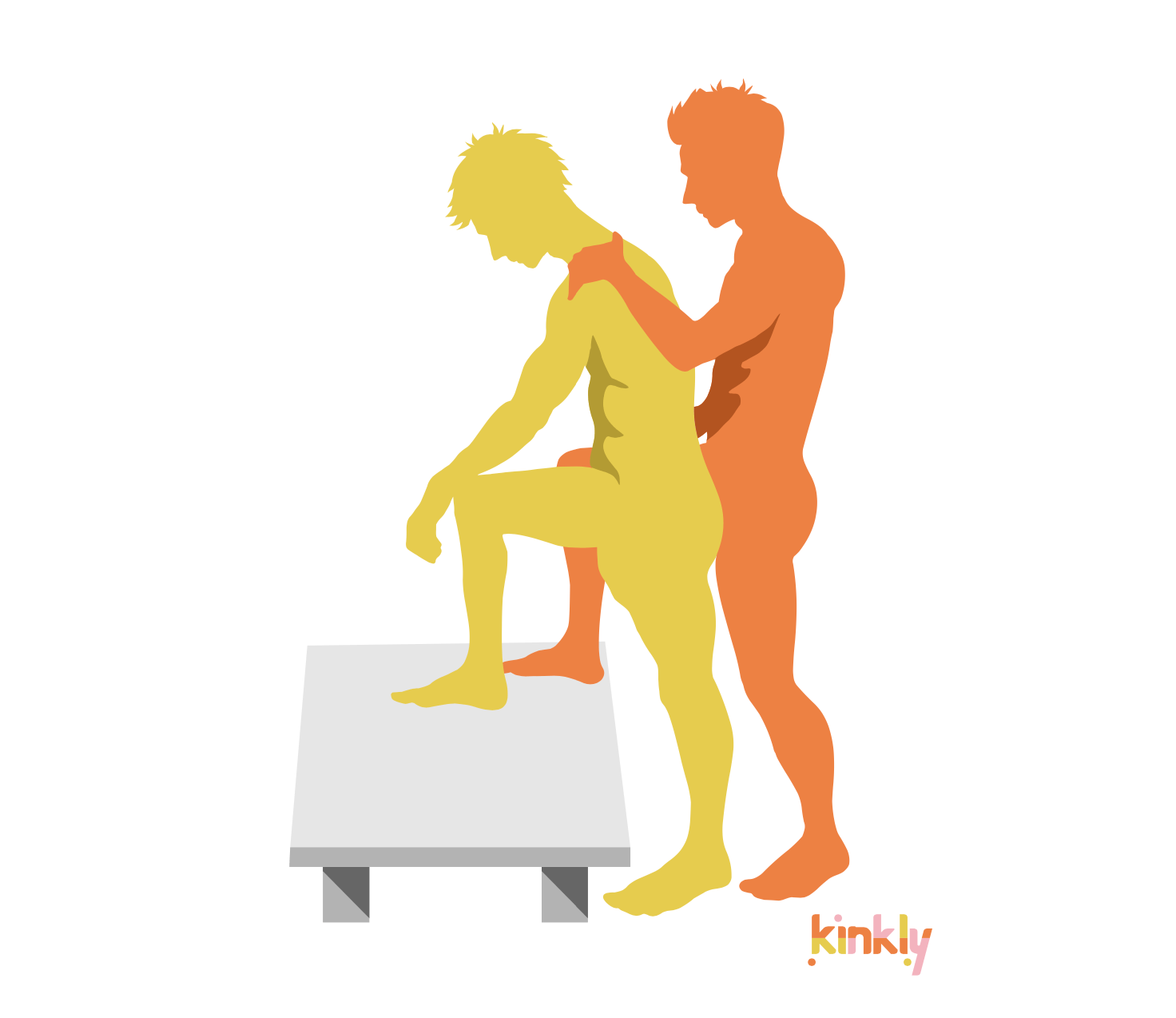A tampon is a sanitary product which absorbs menstrual blood when it’s inserted into the vagina. They are made from cotton, rayon, or a blend of these materials.
Different types of tampons
There are tampons with applicators and without applicators. Both kinds of tampons come in various sizes. These sizes refer to the tampon’s level of absorbency.
The most common sizes for tampons are:
- Lite: Used for light flow at the start or end of periods
- Regular/normal: Used for normal menstrual flow
- Super: Used for heavy menstrual flow
- Super plus: Used for the heaviest menstrual flow
Benefits of using tampons
Many people feel more comfortable wearing tampons during their period. Users can’t feel them if they’re inserted correctly, unlike sanitary pads and period underwear which can add bulk. As they absorb blood before it leaves the vagina, they can help users feel confident they’re odor-free.
Since tampons sit inside the body, they allow users to stay active. They’re a convenient option for swimming, and they won’t become displaced during vigorous exercise as pads can.
Tampons are also small sanitary products, so users can discreetly carry them inside a bag or backpack. Always carrying tampons ensures women and other people who menstruate are never caught without them if they unexpectedly get their period.
Downsides of using tampons
Tampons can be difficult to insert and remove, especially for people with light menstrual flow, vaginismus, and some other conditions.
“Between 20-30% of women have a normal anatomical variant called a retroverted uterus, also referred to as a tilted uterus," Susie Hewson, the founder of organic sanitary company Natracare, told Kinkly. "It points to the back rather than the front, often resting on the rectum, and this can make using a rigid applicator-style tampon, even a menstrual cup, difficult or even painful to insert.”
Pads and period underwear can be much easier for these people to use.
The Environmental Impact of Tampons
Tampons also have a much greater environmental impact than menstrual cups and period underwear. The average tampon has the same amount of plastic as four shopping bags.
“Fiber-loss may also be associated with smooth synthetic fibers, such as viscose, often used to make the absorbent cores of tampons,” Hewson explained. “To reduce fiber loss, often a plastic non-woven veil, such as polypropylene or polyester is used.”
“Plastic applicators are a problem for the environment, even those claiming to be eco-friendly,” Hewson added. “In 2018, Greenpeace Laboratories found that tampon applicators sold as ‘plant-based plastic’ are in fact polyethylene. This has the same material that plastic bottles, toothbrushes and normal oil-based tampon applicators are made from. Therefore, these plastic applicators contribute greatly to the crisis of ocean plastics, as applicators and other used products turn up on beaches and in the stomachs of dead wildlife."
This plastic goes into landfills and waterways, where it can take up to 20 years to break down. Growing cotton for tampons also requires pesticides, which also pollute marine environments.
Hewson went on to say, “Five of the eight brands selling tampons with plastic applicators were labeled as organic. While tampons made from organic cotton are certainly better for the environment, in terms of the reduction of pesticide use and improved soil health, organic standards are designed to uphold the organic principles of health, ecology, fairness and care – however, the sale of plastic applicators with organic tampons is in contrast to these principles. Only GOTS-certified organic 100% cotton tampons are guaranteed to be plastic-free, so look for the Global Organic Textile Standard logo on the pack.”
Applicator-free tampons or those with cardboard applicators made from organic materials like cotton or bamboo are better for the environment, but they’re still not as sustainable as period products that can be used multiple times.
Risk of Chemical Exposure
Following a 2024 study from UC Berkeley, there are now concerns about potential chemical exposure from tampon use. Researchers tested 30 organic and non-organic tampons from 14 leading brands and found toxic metals, including lead and arsenic, in every one.
The Food and Drug Administration (FDA) stated in July 2024 it would review the study, which it felt had “limitations.”
“While it is of course a huge issue that these heavy metals and chemicals are included in women's health products, period, the greater issue is that the vagina is an incredibly absorbent tissue,” Heather Florio, the CEO of women’s sexual health and wellness firm Desert Harvest, told Kinkly. “Consistent and repeated exposure to these chemicals and heavy metals on a monthly basis over the course of a woman's lifetime pose serious concern and consideration when it comes to hormonal imbalances, reproductive issues, and even cancers.”
How to insert a tampon
Users may insert tampons into the vagina with or without an applicator. Applicators can make inserting tampons easier, so they can be a great option for people who’ve just started using these products. Women and others who menstruate should always wash their hands thoroughly before inserting and changing their tampons.
Inserting a tampon is easiest in a comfortable position that makes the vagina accessible, such as lying down, standing with one foot on a toilet or bath, or sitting on the toilet with legs spread apart. The user can hold the end of the applicator or tampon near the string.
If using a tampon with an applicator:
- Hold the applicator grip
- Angle the tampon or applicator towards the lower back
- Push the small tube up to gently push the tampon as far into the vagina as it will go. The string should hang down, outside the body.
If using a tampon without an applicator:
- Place the index finger on the flat end of the tampon that has the string
- Use the finger to gently push the tampon into the vaginal opening.
- Continue to push with their finger, inserting both the tampon and the finger into the vagina, until the tampon won't go any further.
There shouldn’t be any discomfort or pressure if the tampon is inserted correctly. If there is, the user might push the tampon further in or remove it and try again. The cervix makes sure the tampon won’t go too far, so there’s no reason to feel concerned about this.
How to change tampons
Users can tell whether a tampon is ready to remove by gently tugging on the string. If it feels like it will easily slide out, the user can pull the string at the same angle they inserted their tampon. If they feel resistance, they might leave it a little longer.
Tampons are usually ready to replace every four to six hours, and should never be left longer than eight hours. If the tampon doesn’t feel ready after eight hours, the user can likely use a smaller size when they change their tampon. If the tampon leaks or needs replacing more frequently than every four hours, a larger size may manage the flow better.
If a woman or menstruating person is soaking through a Super or Super Plus tampon every four to six hours, they should talk to their healthcare provider. Heavy flow like this can indicate medical conditions like endometriosis.
Used tampons can be wrapped in toilet paper and placed in the trash or a sanitary disposal unit. If the user is still menstruating, they can insert a new tampon using the steps above.
Tips for using tampons
These tips can make using tampons easier:
- Focus on staying calm. Taking deep breaths and practicing other calming techniques can help the vaginal muscles stay relaxed
- Get to know the vagina. Looking at it through a mirror and masturbating can help someone feel more comfortable with their body and understand how a tampon can fit
- Use a small tampon at first. Smaller tampons are easier to insert, so they can be a great option for people familiarizing themselves with the process.
- Choose an appropriate absorbency. Hewson said “Make sure you are using the lowest absorbency to suit your flow on the day.”
- Adjust position. “Either change from the instructed position in the information leaflet from sitting, to raising a foot onto the toilet seat,” Hewson suggested. “If at home, maybe even try lying down and see if that helps glide the tampon more comfortably.”
- Lube up the applicator. A water-based lubricant can make a tampon applicator slippery and easier to insert. Hewson said that while there should be no need to use lubricant, the best option is one that’s “plant-based, certified-organic, pH matched to the vagina and designed to be side effect free.”
- Choose an applicator-free tampon. Some people, especially those with reverted uteruses, find these tampons easier than those with rigid applicators as they can use their fingers to guide the tampon into position.
“If a woman struggles to insert a tampon, experiencing pain or muscles not relaxing, this may be due to a larger pelvic floor issue,” Florio added. “A pelvic floor therapist can help determine if the issue is due to these pelvic floor muscles being too weak (hypotonic) or in a constant state of contraction (hypertonic).”
Tampon safety
It’s important to keep the vagina healthy while using tampons. Bacteria from the hands can potentially enter the vagina and cause infections while people are inserting and removing tampons. Washing hands thoroughly with water and an antibacterial soap can reduce this risk.
Users should never leave a tampon in their vagina for more than eight hours. It's also safest to use the lowest absorbency tampons to manage menstrual flow.
“Out of sight can easily become out of mind!” Hewson commented. “Using incorrect absorbency and for too long can dry out mucous membranes and cause micro-abrasions, or in the worst case scenario, may add to risk for developing Toxic Shock Syndrome.”
Toxic Shock Syndrome is a potentially fatal bacterial infection that can develop quickly. People should see a healthcare provider if they leave their tampon in too long and notice some of the early signs.
Symptoms of Toxic Shock Syndrome include:
- Fever
- Headaches
- Low blood pressure
- Vomiting
- Diarrhea
- A sunburn-like rash on their palms and the soles of their feet
The only tampons approved by the FDA are single-use tampons. This official body discourages people from using reusable tampons, which may carry a risk of bacterial, yeast, and fungal infections.
Allergic reactions to tampons are rare, but may occur in some cases. Allergies might cause rashes and discomfort. If these issues occur, users may switch to natural tampons, like those made from organic cotton, or try alternatives, such as menstrual cups or period underwear.
Deciding whether to use tampons
Tampons are one of several products designed to manage menstrual flow, along with sanitary pads, menstrual cups, and period underwear. The decision about which product to use is a personal one.
“What shape of uterus you have and what kind of lifestyle or specific activity you enjoy are key factors. If you have very heavy periods for most of the time or some of the time, confidence in a ‘plug’ may be significant in your choice,” Hewson said. “How much you want to consider the impact of disposable tampons on waste control [may also be a factor]. Being the founder of Natracare, I have spent 35 years creating healthier more sustainable choices for your periods. Natracare GOTS-certified organic 100% cotton tampons help to ensure compliance with each of the 17 UN Sustainable Development Goals which hopefully, may also be an important consideration for you.”
Some people prefer a specific product while others use various products, depending on their flow and plans. For example, they may typically use pads but opt for tampons when they want to swim. Some people mostly use tampons, but switch to period underwear at the end of their period when they have light flow.
Experimenting with different options can help people who menstruate figure out what works best for them.

















